Heat Pump vs Furnace in Ontario remains the fiercest debate in Canadian home comfort, especially when temperatures plummet to bone-chilling extremes. For homeowners facing brutal Ontario winters, choosing between the raw, reliable power of a gas furnace and the remarkable dual-purpose efficiency of a modern cold-climate heat pump requires careful consideration of performance specs, operating costs, and long-term energy savings.
Determining the total heat pump vs furnace monthly cost is critical for Ontario residents, as a high-efficiency heat pump offers year-round heating and cooling capabilities, potentially lowering utility bills compared to traditional heating solutions. Understanding the heat pump cost Ontario versus the lower upfront investment of a gas furnace helps homeowners make informed decisions.
Throughout this comprehensive guide, we’ll explore the heat pump vs furnace in Ontario pros and cons, compare heat pump vs gas furnace cost factors, examine performance during true Canadian cold snaps, and help you discover whether a dedicated unit, electric furnace, versatile heat pump vs air conditioner system, or smarter hybrid system guarantees the warmth and peace of mind your family deserves when winter strikes hardest.
Understanding the Basics: How Each System Works
Before diving into comparisons, it’s essential to understand the fundamental differences between these heating technologies. A gas furnace operates by burning natural gas to generate heat, which is then distributed throughout your home via ductwork. This combustion-based approach has been the heating backbone of Canadian homes for decades, delivering consistent warmth regardless of outdoor temperatures. Gas furnaces typically achieve Annual Fuel Utilization Efficiency (AFUE) ratings between 80% and 98%, with high-efficiency models converting nearly all fuel into usable heat.
Heat pumps, conversely, don’t generate heat through combustion. Instead, they transfer heat from one location to another using refrigerant technology—the same principle that powers your refrigerator, but in reverse. During winter, a heat pump extracts thermal energy from outdoor air (even when it feels freezing) and moves it indoors. During summer, the process reverses, providing air conditioning by removing heat from your home. Modern cold-climate heat pumps incorporate advanced compressor technology and enhanced refrigerants that maintain efficiency even when temperatures drop significantly, addressing historical concerns about heat pump performance in harsh Canadian winters.
The key distinction lies in energy transformation versus energy transfer. Furnaces convert fuel into heat, while heat pumps move existing heat. This fundamental difference explains why heat pumps can achieve efficiency ratings exceeding 300% (expressed as Coefficient of Performance or COP), meaning they can deliver three units of heat for every unit of electricity consumed under optimal conditions.
Heat Pump vs Furnace Canada: Climate Considerations
Ontario’s climate presents unique challenges for heating systems, with winter temperatures regularly dropping below -20°C and occasionally reaching -30°C during severe cold snaps. According to Environment Canada data, southern Ontario experiences average January temperatures between -6°C and -10°C, while northern regions endure even harsher conditions. These temperature extremes significantly impact heating system performance and efficiency.
Traditional air-source heat pumps historically struggled when temperatures fell below -10°C, experiencing reduced capacity and efficiency. However, technological advancements have revolutionized cold-climate heat pump capabilities. Today’s premium models maintain heating capacity down to -25°C or lower, making them viable alternatives throughout most of Ontario. The Heating, Refrigeration and Air Conditioning Institute of Canada (HRAI) notes that modern cold-climate heat pumps can operate effectively at temperatures where older models would have required backup heating.
Gas furnaces excel in extreme cold because their heating capacity remains constant regardless of outdoor temperature. When it’s -30°C outside, a properly sized furnace delivers the same heating output as it would at -5°C. This consistency makes furnaces the traditional choice for Ontario’s most severe winter conditions. However, this reliability comes with trade-offs in operating costs and environmental impact, particularly as natural gas prices fluctuate and carbon pricing policies evolve across Canada.
Regional considerations matter significantly. Homeowners in Toronto, Ottawa, or Hamilton experience different heating demands than those in Thunder Bay or Sudbury. Understanding your specific location’s heating degree days—a metric measuring how much and for how long outdoor temperatures fall below a baseline—helps determine which system best matches your climate reality.
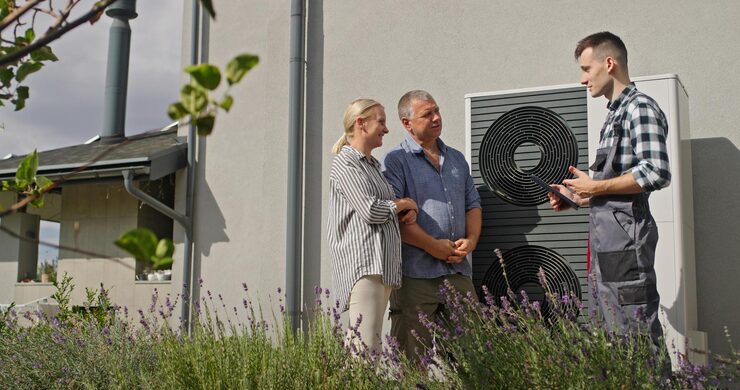
Heat Pump vs Gas Furnace Ontario Calculator
Use our intuitive heat pump vs gas furnace Ontario calculator approach to compare the initial heat pump cost Ontario against the lower upfront investment of a gas furnace, revealing the full life expectancy and long-term operating costs. Installation expenses represent a significant consideration for Ontario homeowners evaluating heating options.
Gas furnace installation typically ranges from $3,500 to $6,500 for mid-efficiency models, while high-efficiency systems can reach $8,000 to $12,000 depending on capacity, efficiency rating, and installation complexity. These costs include the furnace unit, venting modifications if needed, thermostat upgrades, and labor. Existing gas line infrastructure makes installation straightforward for homes already connected to natural gas service.
Heat pump installation costs in Ontario generally range from $6,000 to $15,000 for complete air-source systems, with ground-source (geothermal) heat pumps costing $20,000 to $35,000. The higher initial investment reflects the dual-functionality of providing both heating and cooling, potentially eliminating the need for a separate air conditioning system. Federal and provincial incentive programs, such as the Canada Greener Homes Grant, can offset $5,000 or more of heat pump installation costs, significantly narrowing the price gap.
According to Natural Resources Canada, the average Ontario home consumes approximately 2,200 cubic meters of natural gas annually for heating at current residential rates around $0.35 per cubic meter, resulting in annual heating costs of $770 plus distribution charges. A heat pump operating in the same home might consume 7,500 to 10,000 kWh annually at Ontario’s average electricity rate of $0.12 per kWh, totaling $900 to $1,200 yearly. However, actual costs vary dramatically based on home insulation, heating habits, system efficiency, and local utility rates.
The heat pump vs furnace monthly cost comparison must account for seasonal variations. Heat pumps typically cost more to operate during extreme cold when efficiency decreases and supplemental heating engages. Conversely, summer cooling costs disappear if the heat pump replaces a separate air conditioner. Life-cycle cost analysis typically favors heat pumps over 15-20 years, particularly when factoring in avoided air conditioning expenses and available government incentives.
Heat Pump vs Furnace in Ontario Pros and Cons
For those facing a true Canadian cold snap, understanding the heat pump vs furnace in Ontario pros and cons helps homeowners make confident decisions about their heating infrastructure.
Gas Furnace Advantages
Reliability in extreme cold stands as the furnace’s primary advantage. High-efficiency gas furnaces provide battle-tested performance regardless of outdoor temperature, delivering consistent heat output when you need it most. During Ontario’s coldest days, furnaces maintain full capacity without performance degradation. This predictability offers peace of mind that many homeowners value highly.
Lower upfront costs make furnaces accessible for budget-conscious homeowners or those replacing failed systems urgently. The established technology and widespread contractor expertise ensure competitive pricing and straightforward installation. Furnace longevity typically reaches 15-20 years with proper maintenance, providing dependable service throughout their operational life.
Fast heating response allows furnaces to warm homes quickly, particularly important during cold starts or when recovering from setback temperatures. The higher temperature differential between furnace output (typically 55-60°C) and room air enables rapid heat delivery through ductwork.
Gas Furnace Disadvantages
Higher operating costs during mild weather represent a significant drawback. Furnaces operate less efficiently than heat pumps when outdoor temperatures remain moderate, converting expensive natural gas into heat when more efficient alternatives exist. Seasonal efficiency decreases as furnaces cycle on and off frequently during shoulder seasons.
Carbon footprint concerns increasingly matter to environmentally conscious homeowners. Burning fossil fuels directly releases carbon dioxide, contributing to climate change. As Canada implements carbon pricing and emissions reduction targets, natural gas heating may face increasing cost pressures and regulatory scrutiny.
Requires separate cooling means homeowners need dedicated air conditioning systems, doubling equipment investment and maintenance requirements. Furnaces provide no summer comfort benefits, limiting their value proposition in Ontario’s increasingly warm summers.
Heat Pump Advantages
Dual-purpose efficiency delivers exceptional value by providing both heating and cooling from a single system. Modern heat pumps achieve seasonal energy efficiency ratios (SEER) of 16-20 for cooling and heating seasonal performance factors (HSPF) of 9-12, translating to substantial energy savings. The remarkable efficiency of heat pumps significantly lowers utility bills compared to traditional systems, particularly during mild winter weather when they operate at peak performance.
Environmental benefits appeal to homeowners concerned about climate impact. Heat pumps powered by Ontario’s relatively clean electricity grid (with significant nuclear, hydro, and renewable generation) produce substantially fewer emissions than fossil fuel systems. As the grid continues decarbonizing, heat pump environmental advantages increase further.
Government incentives meaningfully reduce upfront costs. Federal programs offer up to $5,000 for heat pump installations, while some municipalities and utilities provide additional rebates. These financial supports directly address the higher initial investment barrier, improving heat pump affordability and accelerating payback periods.
Heat Pump Disadvantages
Reduced capacity in extreme cold remains a concern, particularly for standard heat pumps. While cold-climate models maintain better performance, heating capacity and efficiency decrease as temperatures plummet. During severe cold snaps, supplemental electric resistance heating may engage automatically, increasing operating costs and reducing overall system efficiency.
Higher electricity consumption during peak winter periods can strain budgets, especially in homes with time-of-use electricity rates. The coldest weather coincides with highest heating demands and often with peak electricity pricing periods, potentially creating expensive utility bills during January and February.
Learning curve and optimization require homeowners to understand proper heat pump operation. Unlike furnaces that simply turn on and blast heat, heat pumps work best with consistent temperature settings and may need supplemental heating strategies during extreme weather. Proper system sizing and installation critically impact performance and satisfaction.
Also Read: What To Expect During a Furnace Installation?
Heat Pump vs Electric Furnace
Some Ontario homeowners consider electric furnaces as alternatives where natural gas service isn’t available. Electric furnaces convert electricity directly into heat using resistance elements, achieving 100% efficiency at the point of use. However, this comparison heavily favors heat pumps for several compelling reasons.
Electric furnaces cost less initially than heat pumps, typically $2,500 to $5,000 installed, making them attractive for tight budgets or temporary solutions. They’re compact, require minimal maintenance, and operate silently. However, their operating costs significantly exceed heat pump expenses because they lack the efficiency multiplication effect of heat transfer technology.
A heat pump vs electric furnace comparison reveals dramatic operating cost differences. Where an electric furnace delivers one unit of heat per unit of electricity consumed, a heat pump typically delivers 2.5 to 3.5 units of heat per electricity unit during moderate winter conditions. This efficiency advantage translates directly into lower monthly utility bills. Over a typical 15-year lifespan, a heat pump saves thousands of dollars compared to electric resistance heating.
The only scenarios favoring electric furnaces involve extremely low-usage applications, such as cottages or workshops requiring occasional heating, where the lower upfront cost outweighs limited operating hour expenses. For primary residences with consistent heating demands, heat pumps provide superior value and comfort.
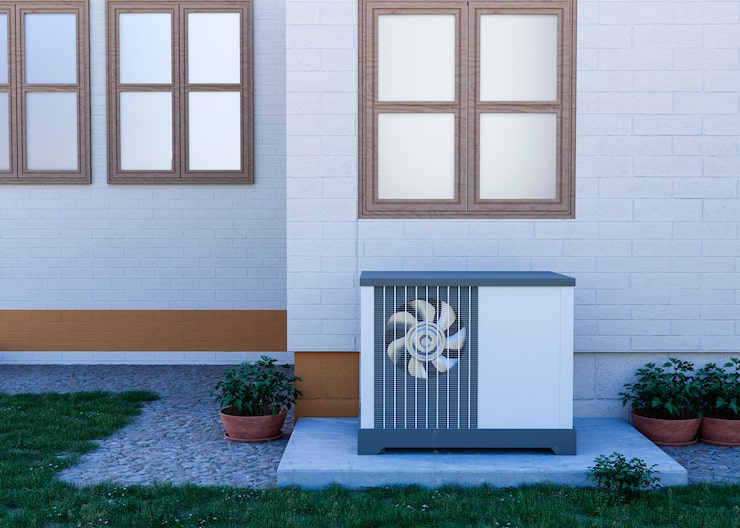
Hybrid Systems: The Best of Both Worlds?
For homeowners unable to choose between systems, hybrid heating offers a compelling compromise that guarantees maximum year-round efficiency while maintaining reliability during Ontario’s most brutal cold snaps. A hybrid system pairs a heat pump with a gas furnace, automatically switching between them based on outdoor temperature and relative operating costs.
The system operates the heat pump during moderate weather when it delivers superior efficiency, then seamlessly transitions to the furnace when temperatures drop below a predetermined threshold—typically between -10°C and -15°C. This automated optimization ensures you always use the most cost-effective heating source while maintaining guaranteed warmth regardless of weather severity.
According to field studies from the Canadian GeoExchange Coalition, hybrid systems can reduce heating costs by 30-50% compared to furnace-only operation while eliminating performance anxiety during extreme cold. The heat pump handles the majority of heating needs during fall, spring, and moderate winter days, while the furnace provides battle-tested reliability when temperatures plummet below the heat pump’s optimal operating range.
Installation costs for hybrid systems range from $10,000 to $18,000, representing a premium over either standalone option. However, the combined system leverages each technology’s strengths while mitigating weaknesses. You gain heat pump efficiency during the 70-80% of winter hours when temperatures remain moderate, plus furnace reliability during the coldest 20-30% of hours. This balanced approach appeals to risk-averse homeowners seeking optimal efficiency without compromising cold-weather performance.
Modern smart thermostats automate the switching process, monitoring outdoor temperature and fuel prices to select the most economical heat source continuously. Some systems even incorporate real-time utility pricing data, further optimizing operating costs. This intelligent operation requires no homeowner intervention, delivering automated efficiency and reliability.
Performance Specs and Real-World Testing
Evaluating the choice between a dedicated electric furnace and a versatile heat pump vs air conditioner system requires comparing performance specs for different weather conditions, ensuring a reliable heating solution that won’t quit when temperatures plummet. Laboratory ratings provide baseline comparisons, but real-world performance in Ontario’s climate reveals practical differences.
High-efficiency gas furnaces achieve AFUE ratings of 95-98%, meaning virtually all fuel energy converts to useful heat. Mid-efficiency models (80-85% AFUE) cost less initially but waste more energy through exhaust gases. Furnaces maintain consistent output across temperature ranges, with capacity matching nameplate specifications regardless of outdoor conditions.
Cold-climate heat pumps carry HSPF ratings between 9 and 13, translating to seasonal average efficiencies. However, instantaneous performance varies significantly with temperature. At 8°C outdoor temperature, premium heat pumps may achieve COP values above 4.0 (400% efficiency). At -15°C, the same unit might deliver COP 2.0-2.5 (200-250% efficiency). Below -25°C, capacity drops further, and many models engage backup heating automatically.
The Northeast Energy Efficiency Partnerships conducted extensive cold-climate heat pump field testing, demonstrating that properly sized and installed cold-climate units successfully heated homes in climates comparable to Ontario’s. Test homes maintained comfortable temperatures during cold snaps while achieving seasonal energy savings exceeding 40% compared to baseline heating systems. These real-world validations confirm that modern technology addresses historical cold-weather performance concerns.
Capacity matching matters critically. Oversized furnaces short-cycle, reducing efficiency and comfort. Undersized heat pumps run continuously during cold weather, driving up costs and potentially failing to maintain desired temperatures. Professional Manual J heating load calculations ensure proper sizing for your specific home characteristics, climate zone, and insulation levels.
Key Factors to Consider
Several critical factors beyond simple cost comparisons should inform your heating system selection. Home insulation quality dramatically impacts any heating system’s performance and operating costs. Well-insulated homes with modern windows, adequate attic insulation, and sealed air leaks reduce heating demands substantially, improving both furnace and heat pump economics. Before investing in premium heating equipment, prioritize cost-effective insulation improvements that benefit any heating system.
Existing infrastructure influences installation costs and feasibility. Homes with natural gas service and recent ductwork favor furnace replacement or hybrid systems. Properties without gas access make heat pumps or electric options more attractive by avoiding expensive gas line extensions. Ductless mini-split heat pumps offer solutions for homes without existing forced-air distribution, providing zoned heating and cooling without ductwork installation.
Long-term planning should consider energy price trends and environmental regulations. Natural gas prices fluctuate with commodity markets and face potential carbon pricing increases as climate policies evolve. Electricity costs may decrease as Ontario adds renewable generation capacity. Heat pumps position homeowners advantageously for future energy landscapes increasingly favoring electrification and renewable power.
Personal priorities matter significantly. Risk-averse homeowners valuing proven reliability during extreme weather may prefer furnaces or hybrid systems. Environmentally conscious individuals prioritizing carbon footprint reduction favor heat pumps despite potential cold-weather challenges. Budget-focused households might emphasize lowest upfront costs, while others prioritize long-term operating savings.

Professional Installation and Maintenance
Regardless of system choice, professional installation by qualified Ontario HVAC contractors ensures optimal performance, safety, and warranty compliance. SANO HEATING LTD provides expert furnace installation Ontario and heat pump installation Ontario services backed by extensive cold-climate experience and technical expertise. Their certified technicians understand the unique challenges of Ontario’s winters and design systems matched precisely to your home’s requirements.
Quality installation includes proper equipment sizing through detailed heat load calculations, correct refrigerant charging for heat pumps, adequate combustion air supply and venting for furnaces, and thorough system testing under various operating conditions. These critical steps separate professional installations from inadequate work that compromises efficiency, reliability, and safety.
Regular HVAC maintenance Ontario extends equipment life and maintains peak performance. Furnaces require annual inspections checking burner operation, heat exchanger integrity, safety controls, and ventilation systems. Heat pumps benefit from semi-annual service addressing refrigerant levels, electrical connections, outdoor coil cleanliness, and defrost cycle operation. Preventive maintenance identifies minor issues before they cause expensive failures or efficiency degradation.
Same-day AC repair Ontario and emergency HVAC repair near me services from established contractors like SANO HEATING LTD provide peace of mind knowing expert help is available when unexpected failures occur. During extreme weather events, rapid response prevents extended discomfort and potential property damage from heating system failures.
Frequently Asked Questions
Can heat pumps really work effectively when Ontario temperatures drop to -30°C?
Modern cold-climate heat pumps maintain heating capacity down to -25°C to -30°C, though efficiency decreases significantly at these extremes. At -30°C, most heat pumps deliver reduced output and require supplemental heating. Hybrid systems address this limitation by automatically switching to furnace heating during the coldest periods. For standalone heat pump installations in extreme-cold regions, proper sizing (sometimes 125-150% of calculated load) and backup heating integration ensure adequate performance during rare temperature extremes. The good news is that temperatures below -25°C represent only a small percentage of winter hours in most Ontario locations, so heat pumps efficiently handle the majority of heating needs while backup systems address the coldest days.
What are the actual monthly operating costs for heat pumps versus furnaces in Ontario?
Monthly costs vary significantly based on home size, insulation quality, thermostat settings, and local utility rates. A typical 2,000-square-foot well-insulated Ontario home might experience monthly heating costs of $100-$150 with a high-efficiency furnace during mid-winter, compared to $120-$180 for a heat pump during the same period. However, heat pumps cost less during shoulder seasons (October, November, March, April) when they operate most efficiently. Annual total costs typically favor heat pumps by 20-30% when including avoided air conditioning expenses. Use detailed calculators incorporating your specific home characteristics, local utility rates, and historical weather data for accurate personalized projections. SANO HEATING LTD provides customized cost analyses helping Ontario homeowners understand their specific financial implications.
Are government rebates available for heat pump installations in Ontario?
Yes, substantial incentives currently support heat pump adoption. The federal Canada Greener Homes Grant provides up to $5,000 for heat pump installations meeting efficiency requirements, including coverage for pre-installation energy evaluations. The program specifically supports cold-climate air-source heat pumps and ground-source systems. Some Ontario municipalities offer additional local rebates, and certain utilities provide efficiency incentives. Enbridge Gas offers programs supporting hybrid system installations. Rebate programs change periodically, so verify current availability and requirements through Natural Resources Canada’s website or by consulting with qualified Ontario HVAC contractors like SANO HEATING LTD who stay current on available incentives and can assist with application processes.
How long do heat pumps and furnaces typically last in Ontario’s climate?
High-efficiency gas furnaces typically provide 15-20 years of reliable service with proper annual maintenance. The heat exchanger represents the critical component, and quality maintenance prevents premature failures. Heat pumps generally last 12-15 years for the outdoor unit and 15-20 years for indoor air handlers. Ontario’s harsh winters can stress outdoor equipment, making maintenance even more critical. Cold-climate models with enhanced components may extend longevity. Hybrid systems leverage the furnace during the harshest conditions, potentially extending heat pump lifespan by reducing extreme-weather operating hours. Regular professional maintenance from qualified technicians significantly impacts equipment longevity for both technologies.
Should I choose a furnace, heat pump, or hybrid system for my Ontario home?
The optimal choice depends on multiple factors including budget, climate priorities, existing infrastructure, and risk tolerance. Furnaces excel for homeowners prioritizing lowest upfront costs, maximum cold-weather reliability, and straightforward technology with existing gas service. Heat pumps suit environmentally conscious homeowners in moderate Ontario climates, those seeking combined heating/cooling efficiency, and properties benefiting from government incentives. Hybrid systems deliver optimal results for homeowners wanting superior efficiency without compromising extreme-weather performance, particularly in northern Ontario locations experiencing frequent temperature extremes. Consulting with experienced professionals like SANO HEATING LTD ensures personalized recommendations based on your specific home characteristics, budget constraints, and comfort priorities through professional heat load analysis and cost projections.
Your Path to Reliable Winter Comfort
The Heat Pump vs Furnace in Ontario decision ultimately hinges on your unique circumstances, priorities, and heating requirements. Both technologies offer proven reliability when properly selected, sized, and installed by qualified professionals. Modern cold-climate heat pumps have evolved dramatically, addressing historical performance concerns and delivering exceptional efficiency for the majority of Ontario’s winter conditions. Gas furnaces continue providing battle-tested reliability during the most extreme cold snaps while offering lower initial investment requirements.
For many Ontario homeowners, hybrid systems represent the intelligent middle ground, automatically optimizing between technologies to deliver superior annual efficiency while guaranteeing performance during temperature extremes. These sophisticated solutions leverage each technology’s strengths while mitigating weaknesses, providing automated optimization without requiring homeowner intervention.
Whatever system you choose, partnering with experienced, reliable Ontario HVAC contractors ensures successful implementation. SANO HEATING LTD brings extensive cold-climate expertise to every installation, combining technical knowledge with customer-focused service. Their comprehensive approach includes professional heat load calculations, quality equipment selection, meticulous installation practices, and ongoing maintenance support ensuring your heating system delivers reliable comfort throughout Ontario’s challenging winters.
Don’t face another brutal Canadian winter questioning your heating system’s reliability or efficiency. Contact SANO HEATING LTD today for a comprehensive heating system evaluation and personalized recommendations tailored to your specific needs. Their experienced team will help you navigate the heat pump versus furnace decision, explain available government incentives, provide accurate cost projections, and deliver professional installation services backed by their commitment to customer satisfaction. Visit SANO HEATING LTD or call now to schedule your consultation and discover the heating solution that’s perfect for your Ontario home.
References:
- Natural Resources Canada – Heating and Cooling with a Heat Pump
- Heating, Refrigeration and Air Conditioning Institute of Canada (HRAI) – Cold Climate Heat Pump Resources
- Northeast Energy Efficiency Partnerships – Cold Climate Air Source Heat Pump Field Testing
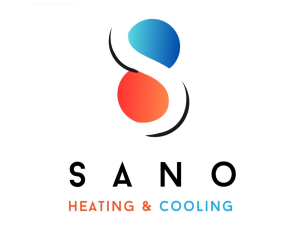
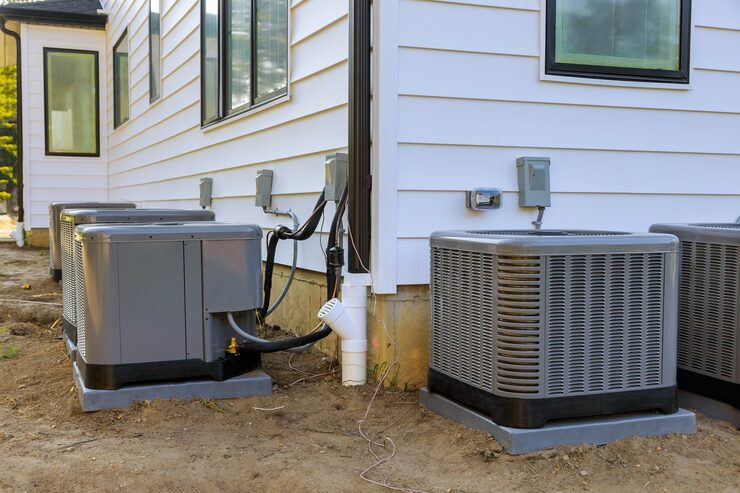
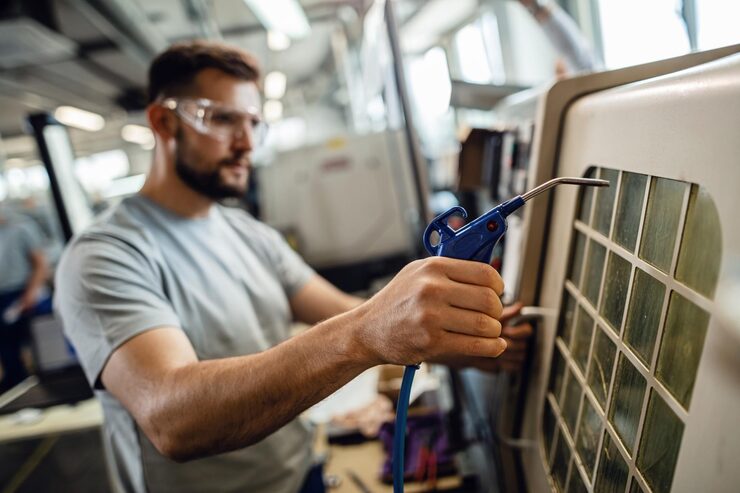
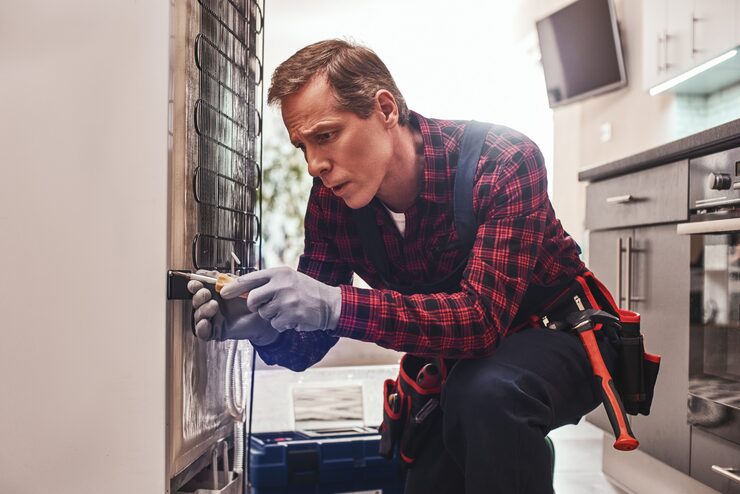
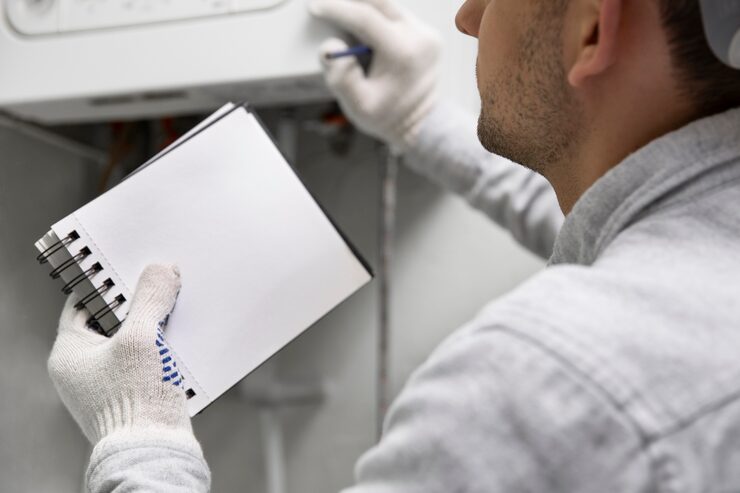
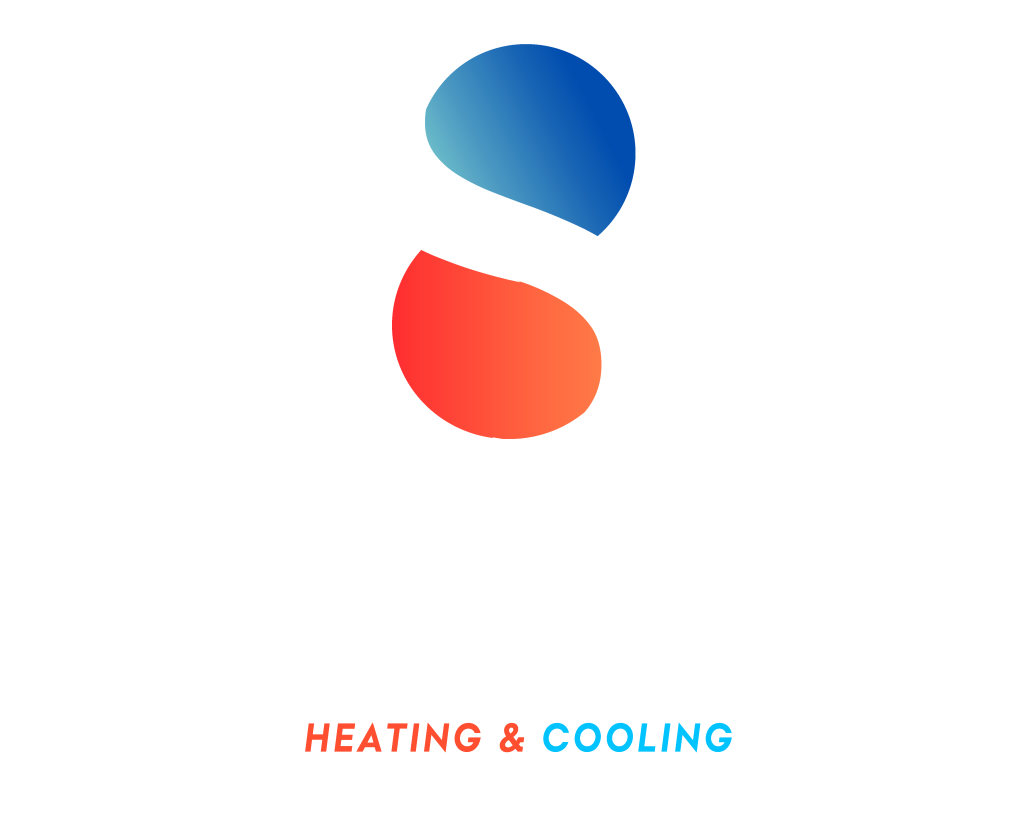
 by Canada Create Agency. All Roghts Reserved By SANO HEATING LTD.
by Canada Create Agency. All Roghts Reserved By SANO HEATING LTD.